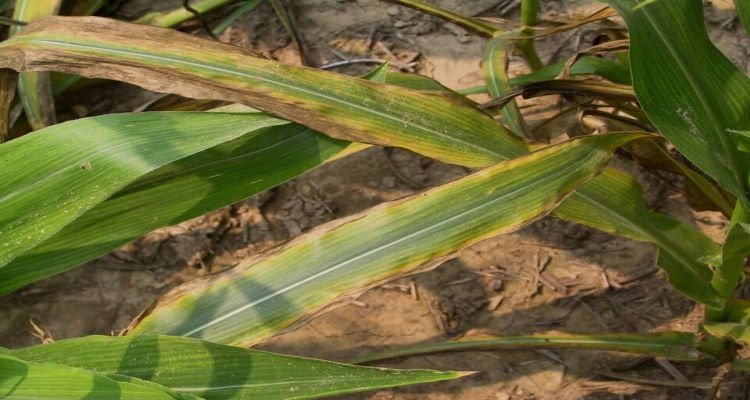October 11, 2021

As grain bins fill and harvest comes to an end, farmers’ thoughts should shift to assessing field fertility needs. Outside of nitrogen, phosphorus (P) and potassium (k) are two of the most important nutrients in crop fertility. P and K are often applied in the fall after other operations are complete and when weather and soil conditions make compaction less of a concern. When assessing K and P needs, growers should consider soil sampling to determine nutrient loss through crop removal, better manage input needs and maximize net returns.
Soil testing
Regular soil testing is the foundation of sound P and K fertility. Compared to the cost of fertilizers, soil testing is inexpensive and offers a good return on investment. To provide the best diagnostic information, soil samples should be collected from a given field every two to four years.
“When assessing crop removal, the things I consider are how was the crop in this particular field and how much potassium and phosphorus did we lose,” said Josh Shofner, Pioneer Field Agronomist. “We always want to be putting back into the soil what we took out throughout the growing season and harvest. This sets us up for the next growing season.”
Preparing for next season
Fertility programs that focus on crop removal are not necessarily intended to maximize economic returns in any given year. Rather, they are designed to provide flexibility and consistent economic returns over the long-term by removing P and K as yield-liming factors. Applying fertilizer while accounting for crop removal will generally maximize yield by reducing yield loss due to insufficient fertility.
Source: Corteva Agriscience, which is solely responsible for the information provided and is wholly owned by the source. Informa Business Media and all its subsidiaries are not responsible for any of the content contained in this information asset.
You May Also Like




